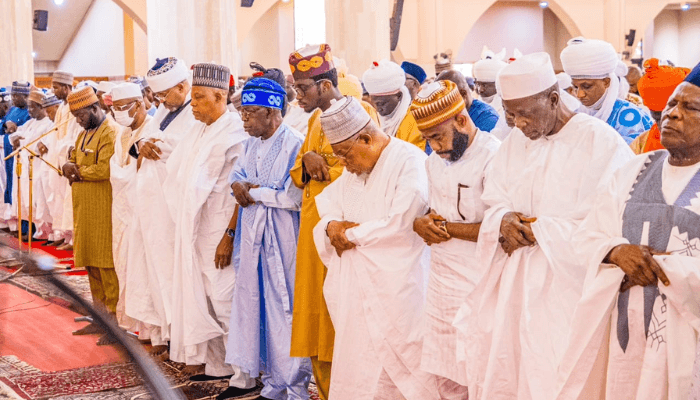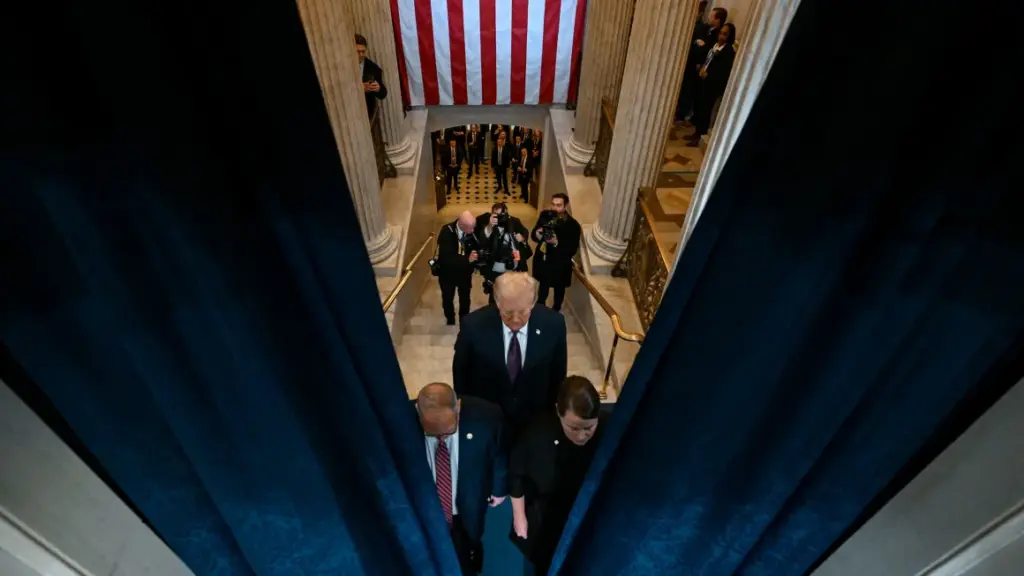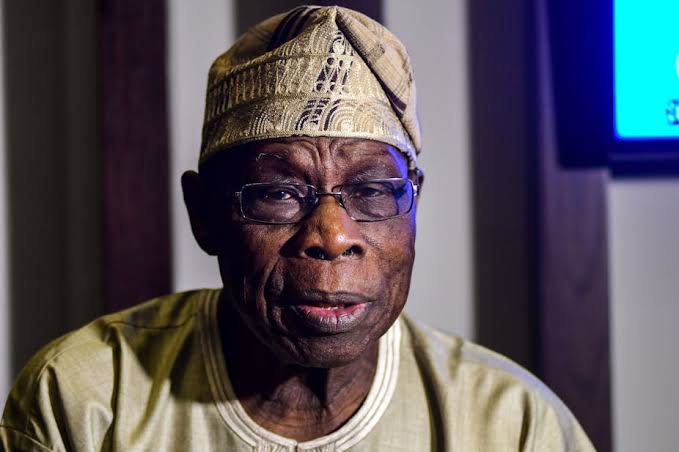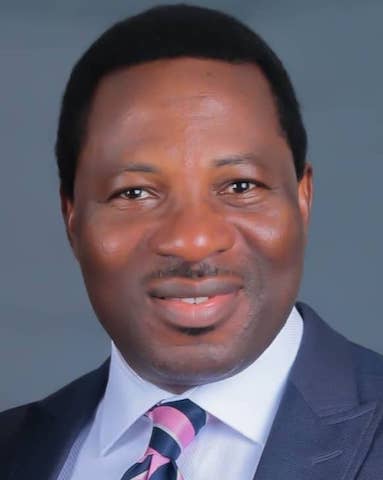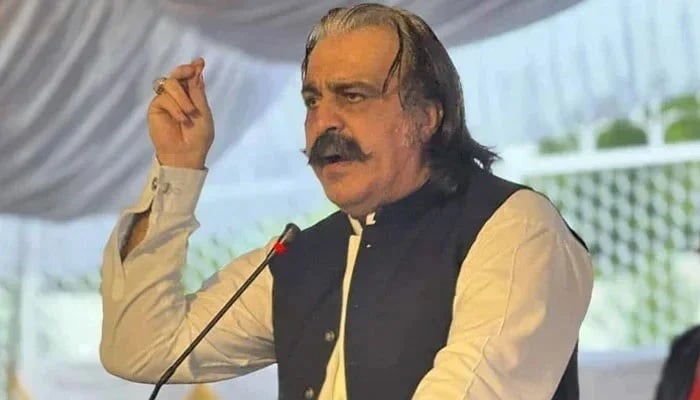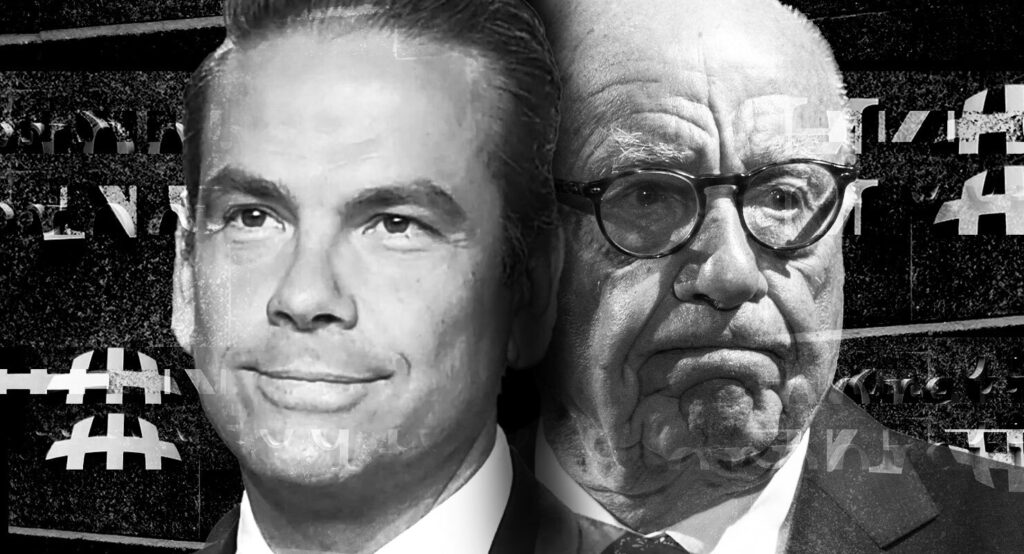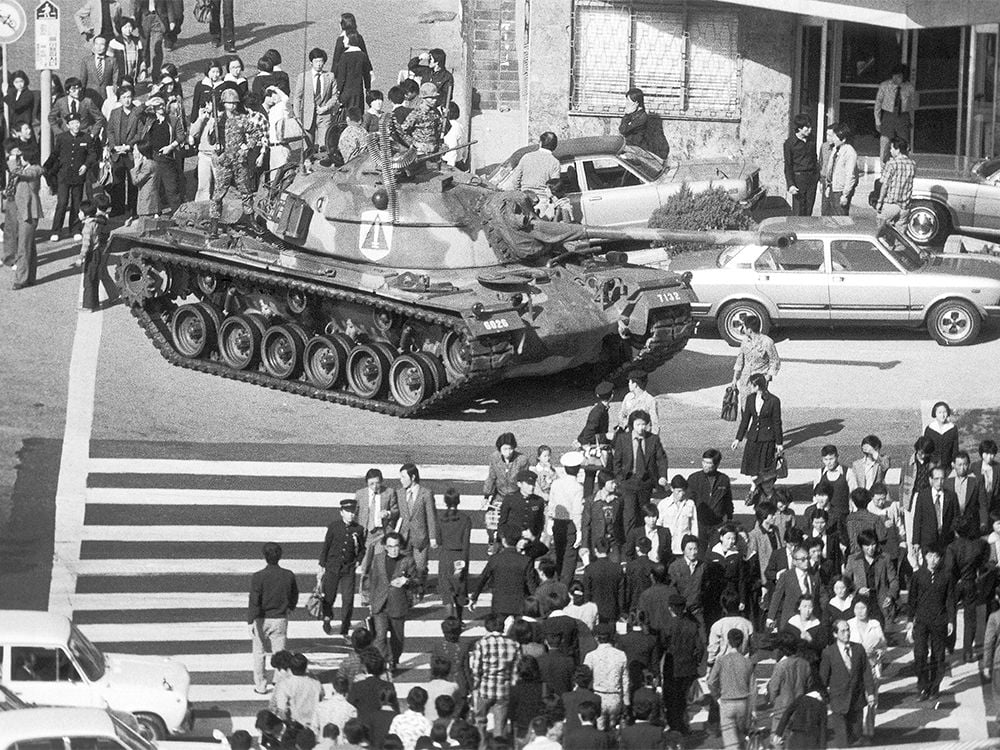How the UK general election could mean big changes for Northern Irish politics

Politics tamfitronics
Analysis
Sinn Féin will be hoping to maintain its seven seats, while the DUP faces a real battle in some constituencies.
LAST UPDATE | 2 hrs ago
WHILE TODAY’S UK general election looks certain to bring in a new political era in Downing Street, there could be significant change in store in the North too.
All polls point towards Labour leader Keir Starmer becoming the new British prime minister. Closer to home, there could be leadership woes for the DUP with its leader Gavin Robinson locked in a fierce battle with Alliance leader Naomi Long for a seat.
Sinn Féin meanwhile could come out on top by standing still and holding on to its current tally of seven Westminster seats, though the party is under pressure in at least two constituencies.
Here’s how things could work out for the parties in the North by tomorrow morning.
Could the DUP be searching for a new leader?
Gavin Robinson became leader of the DUP after former leader Jeffrey Donaldson stepped down in March after being charged with rape and other historical sexual offences.
Donaldson, who was the MP for Lagan Valley until the dissolution of the UK Parliament ahead of the General Election, will not stand as a candidate.
However, his appearance in Newry Courthouse the day before voters go to the polls is “not ideal for the DUP”says Jon Tonge, a British and Irish politics professor at the University of Liverpool.
Robinson himself is the incumbent MP for Belfast East and is going head-to-head with Alliance Party leader Naomi Long in today’s election.
Last time out in 2019, Robinsonbeat Long by around 1,800 votes and it’s the most marginal of the eight seats the DUP is defending.

Tonge toldThe Journalthat the DUP “has a problem” if Robinson is not re-elected because their party leader has to be either an MLA in the Stormont Assembly or an MP in Westminster.
If Robinson were to lose his seat, the DUP would have to co-opt him to the Stormont Assembly for him to remain as party leader.
“That would look rather undemocratic given that the Deputy First Minister, the DUP’s Emma Little-Pengelly, was also co-optedbut it would be a case of needs must,” said Tonge.
However, Tonge remarked that Robinson is a “good campaigner” and has beaten Long three times before.
“East Belfast is the one the DUP would love to hold for the sake of their leader,” said Tonge.
Tonge also points to Donaldson’s Lagan Valley as a seat where the DUP could struggle –it will be contested this time by DUP MLA Jonathan Buckley.
In its 40-year constituency history, only two people have been MP for Lagan Valley – Donaldson and former Ulster Unionist Party leader James Molyneux.
While the DUPwill come under pressure from the Alliance’s Sorcha Eastwood for this seatTonge expects it will go to the DUP.
Lagan Valley is a predominantly unionist seat, but the fact we’re talking about it possibly going speaks volumes.”
Sinn Féin on top by holding what they have?
“Sinn Féin is looking to complete the hat-trick without making any gains themselves,” said Tonge.
The “hat-trick” Sinn Féin is chasing is the potential to be the largest party both in Stormont and local government, as well as winning the most seats in Westminster.
If the DUP were to lose two seats and Sinn Féin holds what it has, this would become a reality.
But Tonge notes that Sinn Féin does not “exactly have the wind in their sails” after what he describes as a “pretty mediocre” election last month in the local and European elections in the Republic.
He adds that Sinn Féin has two marginal seats to hold before considering any gains.
Of all 650 constituencies being contested, Fermanagh-South Tyrone is the most marginal of them all.
Sinn Féin’s Michelle Gildernew won it in 2019 by just 57 votesand came out on top by four votes in 2010.
Gildernew won’t be running this time round though – she unsuccessfully contested the European Elections in the Republic’s Midlands-North West constituency last month.
Pat Cullen, the former general secretary and chief executive of the UK’s Royal College of Nursing, will be running for the party instead.
Tonge said he is “less than convinced” of this strategy given how well recognised Gildernew’s name is there.

Cullen will face stiff competition from the Ulster Unionist Party’s Diana Armstrong, and Tonge said it will be down to which side can get their vote out.
“The UUP has the advantage of having a single unionist candidate, whereas Sinn Féin has an SDLP vote in the constituency which will peel away some of its vote.
“But it has been a Sinn Féin seat, apart from 2015 to 2017, in every election since 2001.
For Sinn Féin, it’s ‘what we have, we hold’ – and they will hope to become the largest party by virtue of that.”
Three seats would be ‘dreamland’ for Alliance
The Alliance Party comes into the election with one seat at Westminster, with Stephen Farry having come out on top in North Down in 2019.
And while the party is in real contention in three constituencies, it could come away empty-handed.
“It will be a disaster for Alliance if they were to end up with no seats – and it is a real risk,” said Tonge.
The 2019 local elections were seen as a major breakthrough for Alliance, with the party gaining 21 councillors andleader Naomi Long noting the party had “broken outside the Greater Belfast area for the time in 30 years”.
The momentum of the 2019 local council elections followed into the 2022Northern Ireland Assembly electionswith Alliance gaining nine MLAs and becoming the third largest party in the Assembly.
However, Tonge said 2019 was a special case for Alliance as it was “very much a Brexit campaign” and one in which some nationalists were prepared to vote Alliance in certain constituencies.
This time around, Alliance doesn’t have all those advantages, so it’s a tough fight.”
Tonge noted that Alliance has never defended a Westminster seat, which places pressure on Stephen Farry to retain his in North Down.
There’s also pressure on Naomi Long from her DUP counterpart Gavin Robinson in East Belfast.

And while Tonge doesn’t feel there is the same pressure on Sorcha Eastwood to take the seat previously held by Jeffrey Donaldson in Lagan Valley, he remarks that there is a “hope” Eastwood will “go close”.
“Alliance definitely needs to win one seat, and there’s no guarantee of that,” said Tonge.
“Two would be a good result, three would be Dreamland.”
Political ‘earthquake’ needed to unseat SDLP leader
The SDLP comes into the election with its leader Colum Eastwood being the incumbent MP for Folye, and Claire Hanna the incumbent in South Belfast.
Tonge said he would be “astonished” if either were to lose their seat but noted that further gains are unlikely.

Eastwood has a majority of 17,000 in Foyleand while it went to Sinn Féin’s Elisha McCallion in 2017, this was the only time in the constituency’s history that the SDLP did not hold the seat.
Eastwood’s majority might be reduced, but it would take a political earthquake to unseat him, and the same with Claire Hanna.”
Tonge said that these two seats “keep the SDLP relevant, because in assembly elections and local government elections, they’ve been hammered by Sinn Féin”.
“They make the argument that they go to Westminster and take their seats,” said Tonge.
“There will be a lot of nationalists who might vote Sinn Féin in assembly or local elections and transfer down the ticket to the SDLP, who will vote for the SDLP in Westminster elections.
“Not every nationalist supports Sinn Féin abstentionism from Westminster.”
UUP eyeing Fermanagh-South Tyrone
In 2019, the UUP’s Tom Elliot lost out to Sinn Féin’s Michelle Gildernew by a mere 57 votes in Fermanagh-South Tyrone.
This time round, the contest will be between the UUP’s Diana Armstrong and Sinn Féin’s Pat Cullen.
While Tonge said the UUP could claim the seat back, he noted that the party has only held it for two out of the last 23 years.

Tonge adds that the UUP has a chance in South Antrim with former health minister Robin Swann, who is looking to displace the DUP’s Paul Girvan.
“They would be happy with one seat and just want Westminster representation back,” said Tonge.
The bigger scalp would be that of Sinn Féin in Fermanagh-South Tyrone, but just getting back on those Westminster green benches would be massive.
“The UUP won both Fermanagh-South Tyrone and South Antrim in 2015, and this is probably the best prospect they’ve had since to win those two seats back.”
TUV a ‘spoiler’ party
While the Traditional Ulster Voice (TUV) has stood aside in Fermanagh-South Tyrone to maximise the unionist vote in a bid to unseat Sinn Féin, the party is running in other areas where it could split the unionist turnout.
“In other constituencies, the TUV is a spoiler party for unionists and is splitting that vote in three ways, and in a way that unionists don’t have the numbers to these days,” said Tonge.
He notes that the total unionist vote is down around 10 percentage points since the Good Friday Agreement, “so you can barely afford to split it two ways, never mind three”.
He said the party’s candidate in East Belfast, John Ross, could play a role in electing Alliance leader Naomi Long and unseating DUP leader Gavin Robinson.
“If the TUV gets about 5% of the vote in Eas t Belfast, that might hand the seat to Long,” said Tonge.
“The TUV for its part says the DUP has betrayed unionists on an Irish Sea border, they oversold the Windsor Framework deal with the British government and therefore are standing on a point of principle.”
Readers like you are keeping these stories free for everyone…
A mix of advertising and supporting contributions helps keep paywalls away from valuable information like this article. Over 5,000 readers like you have already stepped up and support us with a monthly payment or a once-off donation.
Discover more from Tamfis Nigeria Lmited
Subscribe to get the latest posts sent to your email.



 Hot Deals
Hot Deals Shopfinish
Shopfinish Shop
Shop Appliances
Appliances Babies & Kids
Babies & Kids Best Selling
Best Selling Books
Books Consumer Electronics
Consumer Electronics Furniture
Furniture Home & Kitchen
Home & Kitchen Jewelry
Jewelry Luxury & Beauty
Luxury & Beauty Shoes
Shoes Training & Certifications
Training & Certifications Wears & Clothings
Wears & Clothings





